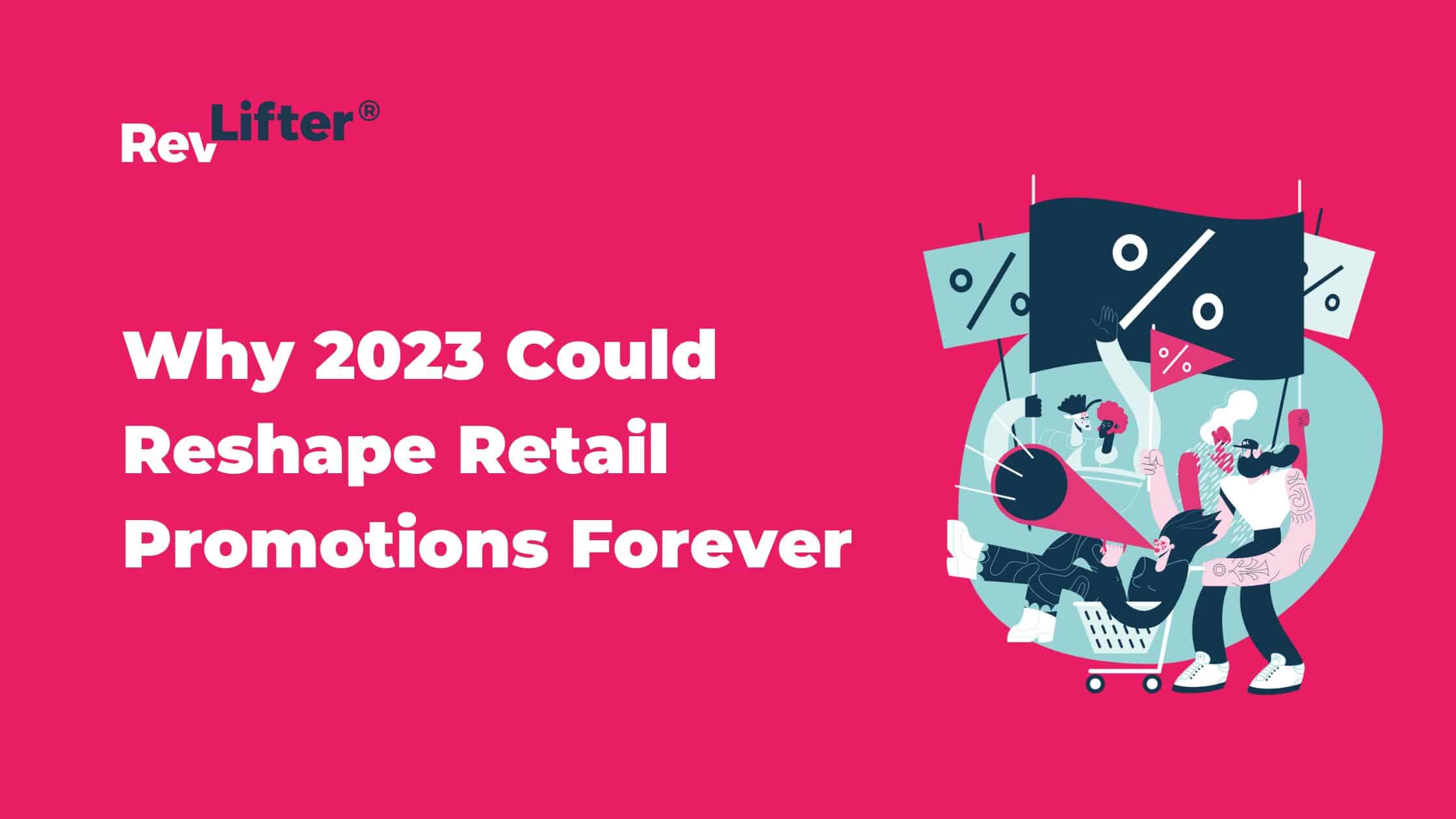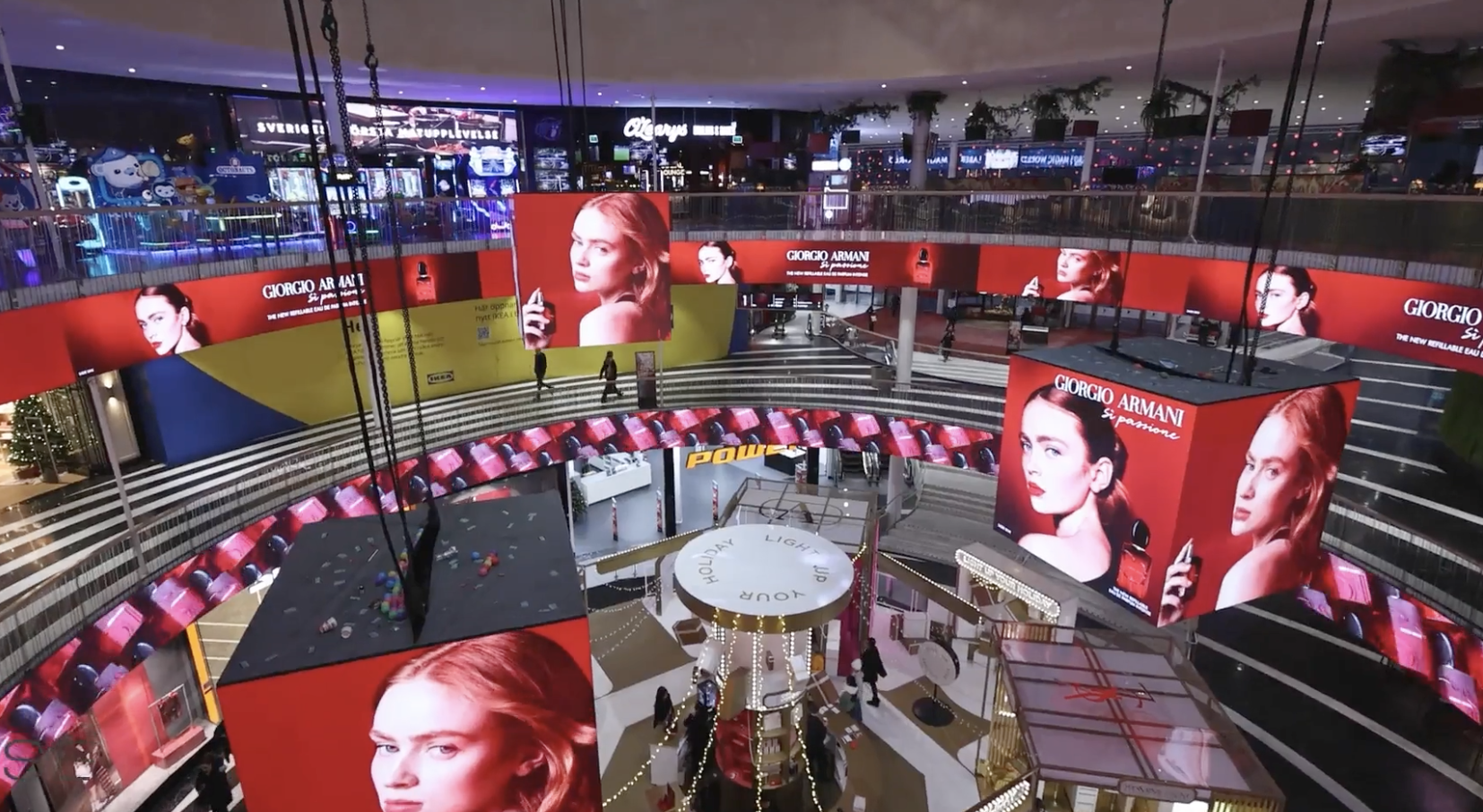By Simon Bird, co-founder and CEO, RevLifter
Last month, I wrote about the noticeable trend in retailers dialling back on discounts in response to lower sales volumes and rising supply costs.
It’s no secret that many eCommerce brands are experiencing either fewer sales, tighter margins, or in some cases, both. This leaves barely any room for money-off incentives.
Today, I’m covering the grey area that most online retailers find themselves in, which is the position of being able to justify discounts but only in certain situations.
How did we get here?
In 2023, we have a period where a broad attitude to promotions is not conducive to profitable growth.
For years, we’ve seen increased competitiveness for online shoppers leading to price pressure for brands in areas like apparel, homewares, and consumer electronics.
During the height of COVID, there were warnings of a “period of transition” bringing margins under intense pressure as retailers made greater attempts to capture online market share. Professional services firm Alvarez & Marsal expected UK retail profits to drop £8 billion by 2025 as the transition played out.
Evidence of this unfolding was seen last year as the combination of heightened competition and rising costs brought retail margins to their lowest level in over a decade.
Now we’re midway through 2023, and many brands simply do not have the capacity for broad discounts. Still, while some of the more price-sensitive customers might long for the days of being served offer after offer, we can expect positive changes to how promotions are used.
It’s reported that 37% of UK consumers consider price as the most important factor when making a purchase. More interestingly, it shows that 63% do not.
The question retailers have to ask is, why are certain promotions available to 100% of customers when only 37% are actively looking for one?
What makes a targeted promotion?
The sage response for retailers in 2023 is to be more selective with their promotions. I’ll use an example that often gets used at RevLifter when we talk about purchase intent.
Customer #1 lands on a retailer’s site. They start adding products to their cart and eventually reach a value of £50, which is £10 above the retailer’s average order value (AOV). The task is to convert what is now a high-value customer.
In some cases, we see retailers serving a discount to convert the sale. It’s a smart move, especially if that discount is structured to increase their spend (e.g. ‘10% off when you spend another £20’).
An even more selective approach is to track the customer’s behaviour to see whether they display the necessary intent to convert without a discount.
If they stay on the page for a specified amount of time, or start opening new tabs, they show exit intent. That’s where a discount might be justified. If they’re browsing other product pages or heading to the checkout, they’re showing an intent to buy. A discount might be appreciated, but it’s not strictly necessary.
Retailers already have the data on their side. The missing piece is often the technology to read these signals and deliver an appropriate response based on pre-set rules.
Until recently, brands could be excused for not having these solutions due to the time and investment required to build them in-house. However, the emergence of tag-based solutions has made it simple to outsource the innovation without a stack of tickets for the tech department.
There is now far less of an excuse not to drive promotional efficiency and, in turn, profitable growth.
Retailers start to take note
It will take more than a year to recalibrate the promotional landscape, but some brands appear to have made a good start.
Last week, I headed to a well-known broadband provider to test its exit-intent strategy. On moving my cursor to the close window button, I received a pop-up with a few bullets telling me why their service couldn’t be beaten. It’s a clever way of incentivising a purchase without the use of a deal.
From my experience of working with numerous fashion brands with RevLifter, there is a real appetite for conversion-driving plays that only engage customers meeting a strict criteria. Whether it’s a minimum cart value, customer status (e.g. new or existing), location (i.e. a target market), or cart margin, retailers are starting to add requirements to accompany their deals.
We’ve always acknowledged the importance of targeting the ‘right person, with the right message, at the right time’. Prior to COVID and the subsequent need to reduce costs and increase efficiency, I don’t think eCommerce truly embraced this approach with regards to promotions.
Broad, site-wide discounts are still great for consumers, but they are part of an approach that looks more dated by the week.
‘Discreet’, ‘targeted’, and ‘selective’ – these are some of the words we should be welcoming into the promotional vocabulary with open arms.






